Phonics
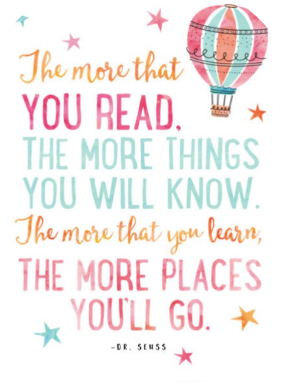 We aim for all our pupils to become fluent, confident readers who are passionate about reading. Research shows that children who learn to read quickly go on to succeed in school and in life. At Bowes, we strongly believe that reading underpins everything we do and that all children should be equipped with the skills and opportunities to become a successful reader. Once a child can read, they can do anything. We strive to create a passion for reading within our school and this starts from the very beginning in Phonics.
We aim for all our pupils to become fluent, confident readers who are passionate about reading. Research shows that children who learn to read quickly go on to succeed in school and in life. At Bowes, we strongly believe that reading underpins everything we do and that all children should be equipped with the skills and opportunities to become a successful reader. Once a child can read, they can do anything. We strive to create a passion for reading within our school and this starts from the very beginning in Phonics.
What is Phonics?
All words are made up of individual sounds. These sounds are merged together to form words. e.g. in ‘mat’ we have the sounds ‘m’, ‘a’, ‘t’, ship – ‘sh’, ‘i’, ‘p’. A grapheme is another name for the letters we use to write the sound. The spelling of that sound on the page. Phonics is the method of teaching reading through the identification of sounds and graphemes.
In the English language we have
- 44 sounds
- 26 letters
- Over 150+ graphemes (letter combinations)
These elements make it one of the most complex alphabetic codes in the world.
Our core principles of Phonics teaching are:
- That it is part of a broad and rich curriculum that engages children in a range of activities and experiences to develop their speaking and listening skills and phonological awareness;
- That it is time-limited - we aim that our pupils are confident readers, reading with a good degree of fluency by a minimum of the end of Key Stage 1
- That it is systematic - it follows a carefully planned program reinforcing and building on previous learning to secure children’s progress;
- That there are ample opportunities to reinforce and apply acquired phonic knowledge and skills across the curriculum;
- That those pupils who are struggling to keep up with the pace in the daily phonics session, receive swift support to allow them to get back on track;
- That Phonics is approached by all staff in a positive way – creating an excitement for Phonics and reading.
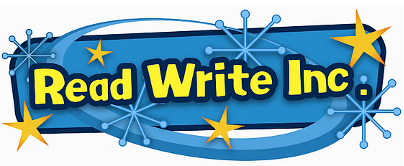
At Bowes phonics is taught in accordance with the Read Write Inc (RWI) Program which is for children in Reception, Y1 and Y2 who are learning to read. Phonics is also for children in Y3 and Y4 who haven’t met the KS1 reading expectations and need more support with reading.
In Read Write Inc. Phonics pupils:
- Decode letter-sound correspondences quickly and effortlessly, using their phonic knowledge and skills;
- Read common exception words on sight;
- Understand what they read;
- Read aloud with fluency and expression;
- Spell quickly and easily by segmenting the sounds in words;
- Acquire good handwriting.
How is Phonics Taught at Bowes?
We are a "Get Reading. Keep Reading. Change Everything" school.
Pupils are taught to read effectively and quickly using the Read Write Inc (RWI) program, which includes teaching synthetic phonics, sight vocabulary, decoding and encoding words, as well as spelling and accurate letter formation.
In our Nursery, we use sounds, songs and rhymes to introduce phonics to the pupils. This develops a pupil's speaking and listening skills and lays the foundation for the phonics work which will follow when they enter Reception. The emphasis is for pupils to be able to hear the sounds around them, so they are ready to begin developing oral blending and segmenting skills.
The RWI program begins in the summer term of Nursery and continues into Year 2. It is designed to teach pupils to read accurately and fluently with good comprehension. Pupils learn to read 40+ sounds and learn to blend these into words.
All pupils are assessed every six weeks and grouped according to ability. We group pupils according to their progress in reading rather than their writing.
Each group is led by a trained reading leader who differentiates each lesson to meet the pupil's needs. Pupils who need extra support to meet national expectations are quickly targeted and given additional support. Our aim is to get all pupils blending confidently, as quickly as possible, to encourage their love of reading from an early age.
For those pupils moving into KS2 who are still not secure in their phonics knowledge and/or blending, the RWI program continues at the pupil’s current RWI level and additional support is put into place to ensure that they catch up quickly. The pupils accessing additional interventions will be assessed half-termly using RWI assessments and phonic screening tests to measure impact and identify gaps in phonic knowledge to then inform future targeted support.
Program of teaching RWI
Our RWI Program begins in Reception where pupils learn to read and write effectively and quickly. Children are introduced to set 1 sounds and oral blending immediately. We give children a hook to learn the sounds by using pictures in the same shape as the letter eg. ‘s’ looks like a snake, ‘d’ looks like a dinosaur.
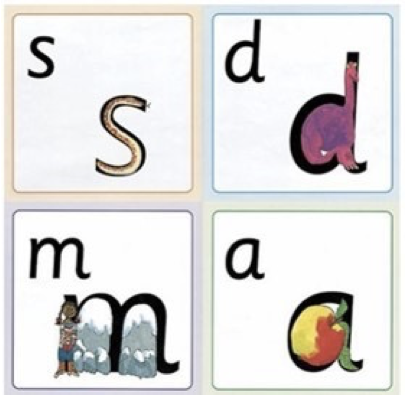 These are displayed on Sound Mats. We teach the children to name the mnemonic pictures before they learn the sound. We also use a handwriting rhyme to help children recall how to write each sound. This means that children learn to read and write the sounds really easily.
These are displayed on Sound Mats. We teach the children to name the mnemonic pictures before they learn the sound. We also use a handwriting rhyme to help children recall how to write each sound. This means that children learn to read and write the sounds really easily.
Fred Talk
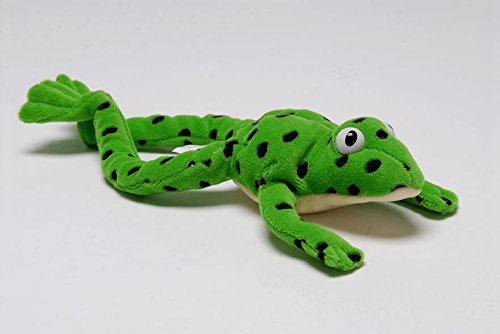 In Reception there is a big focus on Fred talk. Fred is a frog who can only speak in sounds. He says d-o-g, h-a-t etc. Speaking like Fred helps children to understand that words are made up of sounds. Fred helps children practise blending sounds together because he needs the children to say the words for him. Fred says d-o-g, children tell him the word is dog. This is how we quickly teach all of our children to blend. Once children start to blend words orally, and then blend to read words, they are given a sound blending book to take home to practice this skill using Fred talk.
In Reception there is a big focus on Fred talk. Fred is a frog who can only speak in sounds. He says d-o-g, h-a-t etc. Speaking like Fred helps children to understand that words are made up of sounds. Fred helps children practise blending sounds together because he needs the children to say the words for him. Fred says d-o-g, children tell him the word is dog. This is how we quickly teach all of our children to blend. Once children start to blend words orally, and then blend to read words, they are given a sound blending book to take home to practice this skill using Fred talk.
The children are taught the sounds in 3 sets.
Step 1:
Set 1 Sounds are taught in the following order together with rhymes to help children form the letters correctly and instantly recognise sounds ready for blending.
We use pure sounds (‘m’ not ‘muh’, ’s’ not ‘suh’, etc.) so that your child will be able to blend the sounds into words more easily. Please see the video below for more clarity on this:
|
Set 1 |
|
|
Sound |
Rhyme |
|
m |
Down Maisie then over the two mountains. Maisie, mountain, mountain. |
|
a |
Round the apple, down the leaf. |
|
s |
Slide around the snake |
|
d |
Round the dinosaur's back, up his neck and down to his feet. |
|
t |
Down the tower, across the tower, |
|
i |
Down the insects body, dot for the head. |
|
n |
Down Nobby and over the net. |
|
p |
Down the plait, up and over the pirates face. |
|
g |
Round the girls face, down her hair and give her a curl |
|
o |
All around the orange |
|
c |
Curl around the caterpillar |
|
k |
Down the kangaroos body, tail and leg |
|
u |
Down and under the umbrella, up to the top and down to the puddle |
|
b |
Down the laces, over the toe and touch the heel |
|
f |
Down the stem and draw the leaves |
|
e |
Slice into the egg, go over the top, then under the egg |
|
l |
Down the long leg |
|
h |
Down the horse's head to the hooves and over his back |
|
sh |
Slither down the snake, then down the horse's head to the hooves and over his back |
|
r |
Down the robot's back, then up and curl |
|
j |
Down his body, curl and dot |
|
v |
Down a wing, up a wing |
|
y |
Down a horn, up a horn and under the yak's head. |
|
w |
Down, up, down, up the worm. |
|
th |
Down the tower, across the tower, then down the horse’s head to the hooves and over his back |
|
z |
Zig-zag-zig, down the zip. |
|
ch |
Curl around the caterpillar, then down the horse's head to the hooves and over his back |
|
qu |
Round the queen’s head, up to her crown, down her hair and curl |
|
x |
Cross down the arm and leg and cross the other way |
|
ng |
A thing on a string |
|
nk |
I think I stink |
Children will also use pictures for each sound to help recognise the sound and then form the shape of the sound.
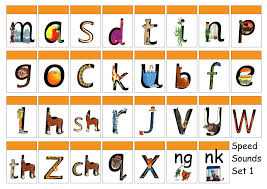
Step 2:
The children are then taught Set 2 Sounds - the long vowels. When they are very confident with all of set 1 and 2 they are taught Set 3 Sounds.
|
Long-vowel sound |
Set 2 Speed Sound cards |
Set 3 Speed Sound cards |
|
|
ay |
ay: may I play |
a-e: make a cake |
ai: snail in the rain |
|
ee |
ee: what can you see |
ea: cup of tea |
e: he me we she be |
|
igh |
igh: fly high |
i-e: nice smile |
|
|
ow |
ow: blow the snow |
o-e: phone home |
oa: goat in a boat |
|
oo |
oo: poo at the zoo |
u-e: huge brute |
ew: chew the stew |
|
oo |
oo: look at a book |
|
|
|
ar |
ar: start the car |
|
|
|
or |
or: storms in the North |
aw: yawn at dawn |
|
|
air |
air: that’s not fair |
are: share and care |
|
|
ir |
ir: whirl and twirl |
ur: nurse for a purse |
er: a better letter |
|
ou |
ou: shout it out |
ow: brown cow |
|
|
oy |
oy: toy for a boy |
oi: spoil the boy |
|
|
ire |
|
ire: fire fire! |
|
|
ear |
|
ear: hear with your ear |
|
|
ure |
|
ure: sure it’s pure? |
|
Nonsense words (Alien words)
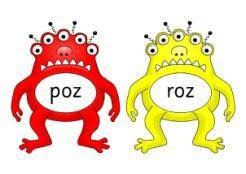
As well as learning to read and blend real words children will have plenty of opportunities to apply their sound recognition skills on reading ‘Nonsense words’. These words will also feature heavily in the Year One Phonics Screening check in the summer term.
Step 3:
Children will be introduced to ‘Ditty books’ when they successfully begin to read single words. The short vowels should be kept short and sharp.
Children use sound-blending (Fred Talk) to read short ditties. They will take these books home once they have read and discussed them in class.
Within all the books children will have red and green words to learn to help them to become speedy readers. Red words are words that are not easily decodable and ‘challenge words’ to extend children’s vocabulary. Green words are linked to the sounds the children have been learning and are easily decodable.
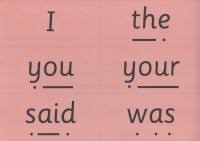
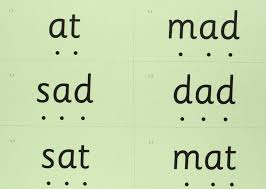
- Dots and dashes represent the sound each letter makes.
- Once your child has been introduced and taught these words in school, we will send them home for you to continue practising with your child.
Order of Story books
Children will follow the order listed below. The expectation is that all children will leave Year One developing a growing confidence and love of reading.
|
Books |
|
Red Ditty 1-10 |
|
Green 1-10 |
|
Purple 1-10 |
|
Pink 1-10 |
|
Orange 1-12 |
|
Yellow 1-10 |
|
Blue 1-10 |
|
Grey 1-13 |
Please see the attachments below that indicate which green words
are introduced in each book.
To help at home
- At Bowes we start children’s reading journey by providing every child that starts in Reception with an amazing book bag package that includes; a guide for supporting early phonics and reading at home.
 Every week children will be encouraged to select a book to read for pleasure and share with and adult. This is for the purposes of developing their comprehension skills and ensuring children and adults have an enjoyable and rich reading experience together.
Every week children will be encouraged to select a book to read for pleasure and share with and adult. This is for the purposes of developing their comprehension skills and ensuring children and adults have an enjoyable and rich reading experience together.- When children are ready and blending words independently, they will start to bring home decodable RWI books matched to their current reading level. We make sure that pupils read books that are closely matched to their increasing knowledge of phonics and the common exception words. This is so that, early on, they experience success and gain confidence that they are readers.
- Re-reading and discussing these books with the teacher supports their increasingly fluent decoding.
In your child’s book bag, they will bring home: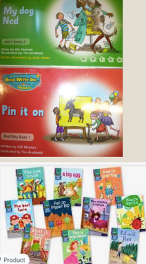
Reception
Once the pupils are at the storybook stage, they will take home one book at their instructional level and an additional book to share with a grown up at home. This is a picture book from the class library to share with you. You can read the story to them or they can retell the story by looking at the pictures. They are not expected to read the story themselves.
KS1 and KS2
We use an online library platform, so that pupils can access their weekly RWI book at home in order to consolidate their learning. This is a great tool to help your child blend and segment words.
Please click here to view a video demonstrating how to use Oxford Owl's ebooks online.
To complement the RWI online books, pupils also take home 'real books' every week from our class libraries. We value the importance of holding and reading real books for pleasure.
Assessment of Phonics:
Our pupils are monitored daily throughout their phonics sessions to ensure that no pupils get left behind. If a child is struggling to embed the current learning, then swift and timely intervention is put into place immediately.
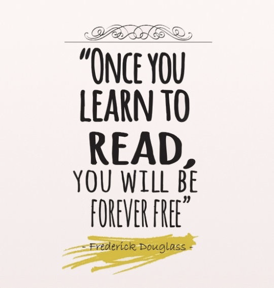 Pupils are assessed half- termly using the RWI Individual assessments and are then assigned to their RWI group. Teachers also identify children who will be targeted for specific support to allow all children to ‘Keep up’. Targeted support will all take the form of RWI Tutoring which will be assigned to children depending on their phonics abilities.
Pupils are assessed half- termly using the RWI Individual assessments and are then assigned to their RWI group. Teachers also identify children who will be targeted for specific support to allow all children to ‘Keep up’. Targeted support will all take the form of RWI Tutoring which will be assigned to children depending on their phonics abilities.
Phonics Screening Check Year One
What is the Year 1 phonics screening check?
The Year 1 phonics screening check is a short, light-touch statutory assessment to confirm whether individual pupils have learnt phonic decoding to an appropriate standard.
It will identify the children who need extra help, so they are given support by their school to improve their reading skills. They will then be able to retake the check so that schools can track pupils until they are able to decode.
Miranda Thompson, our Deputy Headteacher is our English lead teacher and Ritsa Gavriel, our Assistant Headteacher leads on Phonics. If you have any questions about phonics, please contact the school who can refer you to our team. Please take the time to read the information as it will provide invaluable knowledge as to how you can best help and support your child in reading.
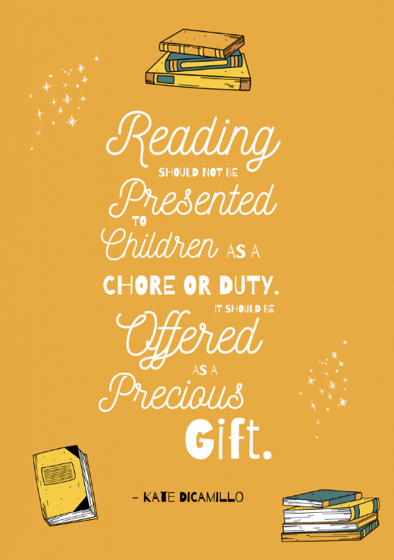 Useful Information & Links
Useful Information & Links
Ten top tips for reading stories to your child
1 – Make reading to your child feel like a treat. Introduce each new book with excitement!
2 – Make it a special quiet time and cuddle up so both of you can see the book.
3 – Show curiosity in what you’re going to read: Oh no! I think Arthur is going to get even angrier now.
4 – Read the whole story the first time through without stopping too much. If you think your child might not understand something, model an explanation: Oh I think what’s happening here is that…
5 – Chat about the story: I wonder why he did that? Oh no, I hope she’s not going to… I wouldn’t have done that, would you?
6 – Avoid asking questions to test what your child remembers.
7 – Link stories to your own experiences (e.g. This reminds me of…)
8 – Read favourite stories over and over again. Get your child to join in with the bits they know.
9 – Read with enthusiasm. Don’t be embarrassed to try out different voices. Your child will love it.
10 – Read with enjoyment. If you’re not enjoying it, your child won’t.
